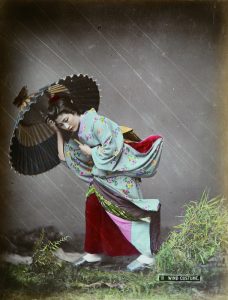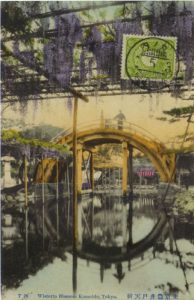Chinese theatre

The Pilone collection is the outcome of a passionate and far-sighted collection of objects, tied to the different regional traditions of Chinese theatre, particularly the Beijing Opera, made by reporter Rosanna Pilone (1931-2006) between the 1980’s and the 1990’s. The collection is made up of 465 objects, including theatre models, masks and painted figureheads, headpieces, make-up accessories, finely embroidered costumes, fans, prop weaponry, musical instruments, complete set designs and even the lanterns illuminating the theatre.
Due to the variety and number of elements, and the ethnographic assiduity that Rosanna Pilone put into it over the years, this is an extremely important collection. Moreover, its importance derives from the peculiar socio-political context when it was realised, due to the then existing communicational impeachments with China.

The collection has been the topic of scientific studies as well as of a catalogue, Teatro Cinese. Architetture, costumi, scenografie, edited by Rosanna Pilone, Sabina Ragaini and Yu Weijie, Milan: Electa, 1995. The catalogue was written for the homonymous exhibition at the Milan Triennale in 1995, thereby constituting the first and most complete exhibition of Chinese theatre in Europe up to then. The collection has been subsequently shown, yet incompletely, at Palazzo Rospigliosi, Zagarolo (Rome), 1997; at Palazzo Reale, Milan, 1999; at Palazzo Valentini, Rome, 2000. In 2013 the entire Pilone Collection was donated to the Museum of Cultures in Lugano, Switzerland, where it is still kept in custody. In 2014 the Museum published the catalogue Jingju. Il teatro cinese nella Collezione Pilone, supporting the same exhibition at Villa Heleneum, Lugano, Switzerland.
Japanese photographs and postcards

The “Ceschin Pilone – Fagioli” collection is made up of over 10,000 hand-coloured albumen photographs, produced in Japan during the Meiji era (1868-1912). It consists of photographs belonging to a particular artistic and commercial phenomenon widely known as the Yokohama School. The collection’s peculiarity is that all photographs are contained in 203 albums, most of which have finely decorated covers, made by Japanese masters of lacquer. Not only is this one of the most numerous photographic collections of such a genre in the world, but also it is one of the few enabling a deep study of personal tastes and aesthetic interests of the western collectors at the end of the 19th century, those who actually bought these albums.

The photographical collection is also accompanied by an equally important collection of approximately 6,000 postcards, most of which derived by the photographs of that time. The works altogether set the Foundations’ collections as an extremely important core of study as far as iconography in the Meiji era is concerned. This iconography spread actually from Japan through photographs and postcards, and still characterises the imagery on the land of the Rising Sun.
Both the collections are the outcome of a patient and scholarly collection started in 1973 by Marco Fagioli, a learned collector and Japanese arts historian. Since 2012, the aforementioned collections have been progressively kept into custody at the Museum of Cultures in Lugano, Switzerland, where they have become a focal reference in the scientific research programme. Many of them have already been shown in Lugano, Genoa, Naples, Parma, Venice, Zurich, and Copenhagen.

Chinese photographs
In 2016, the Foundation acquired approximately 300 photographs made in China between 1870 and the 1930s. The subjects are various: western missions and missionaries, beggars, scholars, horses, women or whole families in traditional attires, Beijing Opera actors, and monuments. Some photographs are hand coloured, some are the work of famous photographs such as William Saunders or Fung-Tai, while others are amateurish. Since 2018 the Collection is kept into custody at the Museum of Cultures in Lugano, Switzerland.










